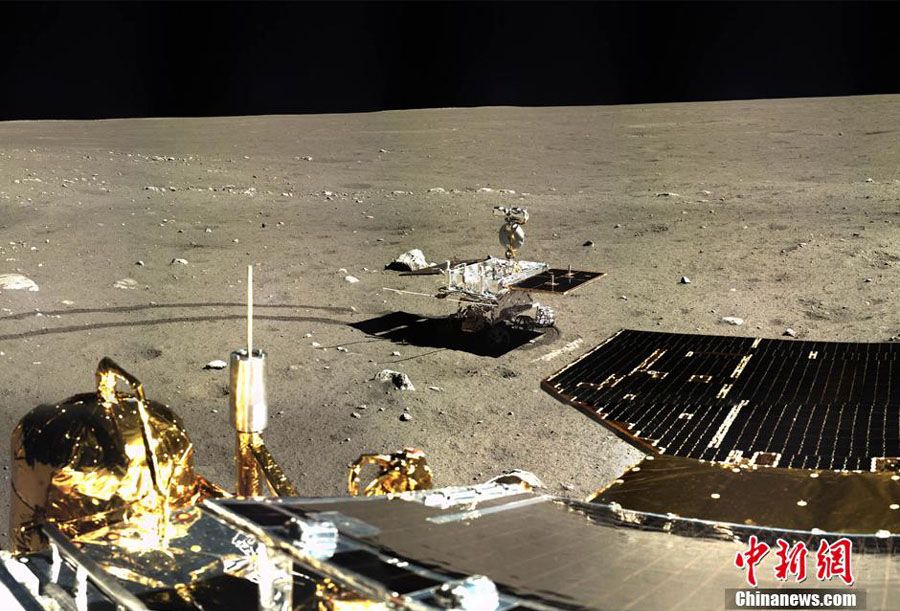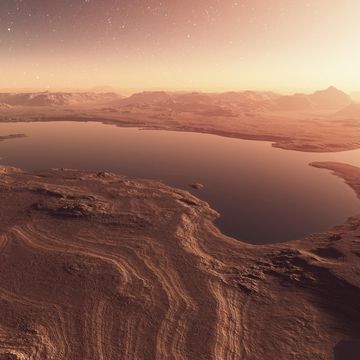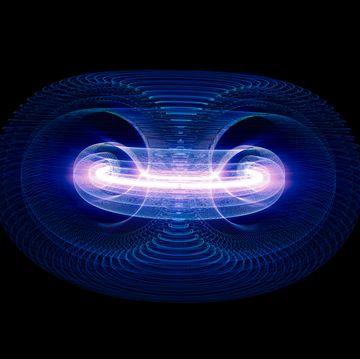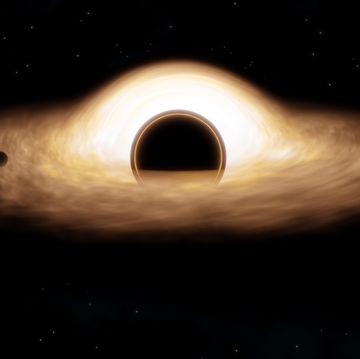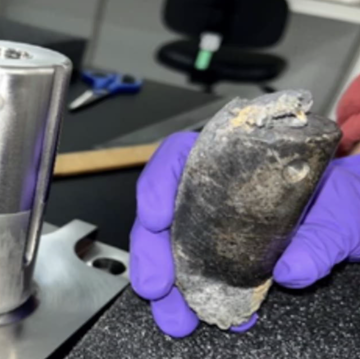China's ambitious and secretive space program recently announced that it will attempt to send a crewed mission to the moon by 2036, possibly as early as 2031. This is the latest of a number of ambitious mission plans from the China National Space Administration (CNSA).
According to China Daily, Lieutenant General Zhang Yulin of the People's Liberation Army and deputy commander of the China Manned Space Program announced China's goal to put a taikonaut on the moon by 2036 at a conference held on Saturday April 23, the weekend of China's inaugural "Space Day" commemorating the nation's first satellite, Dongfanghong-1, launched in 1970.
Then, in a statement released Thursday, Zhang reiterated his comments from the conference and said China plans to "raise its abilities and use the next 15 to 20 years to realize manned lunar exploration goals," according to Reuters.
CNSA has been aggressively expanding its operations in recent years as China invests heavily in space exploration. The nation is planning two new space stations, Tiangong-2 scheduled for launch later this year and Tiangong-3 tentatively planned for a 2022 launch. CNSA hopes to add a space telescope to rival the Hubble that could dock with Tiangong-3 once that space station is operational. The growing space program also wants to send a probe to explore the dark side of the moon by 2020, something that has never been done, and launch a Mars rover that same year.
The biggest challenge to a crewed moon mission that China faces right now is the lack of a carrier rocket powerful enough to launch a manned spacecraft. The country will also need to develop a crewed lunar module and spacesuits designed for lunar exploration.
"The United States accomplished its manned lunar missions because it had the powerful Saturn V, while the former Soviet Union failed because its N1 rocket wasn't up to the task," said Pang Zhihao of the China Academy of Space Technology, according toChina Daily. "To send our astronauts to the moon, we will need a mighty rocket capable of lifting a payload of at least 100 metric tons into low Earth orbit. That is why our scientists have begun to develop the Long March 9."
Given that China keeps its space exploration operations relatively secret—NASA and ESA release timetables and technical information when they announce a new program—it is hard to gauge the likelihood that China will achieve all these ambitious goals. Still, it is evident that the country is committed to advancing their space program significantly, and we can expect some major missions from CNSA in the decades to come.
Source: China Daily via Aviation Week

Jay Bennett is the associate editor of PopularMechanics.com. He has also written for Smithsonian, Popular Science and Outside Magazine.
